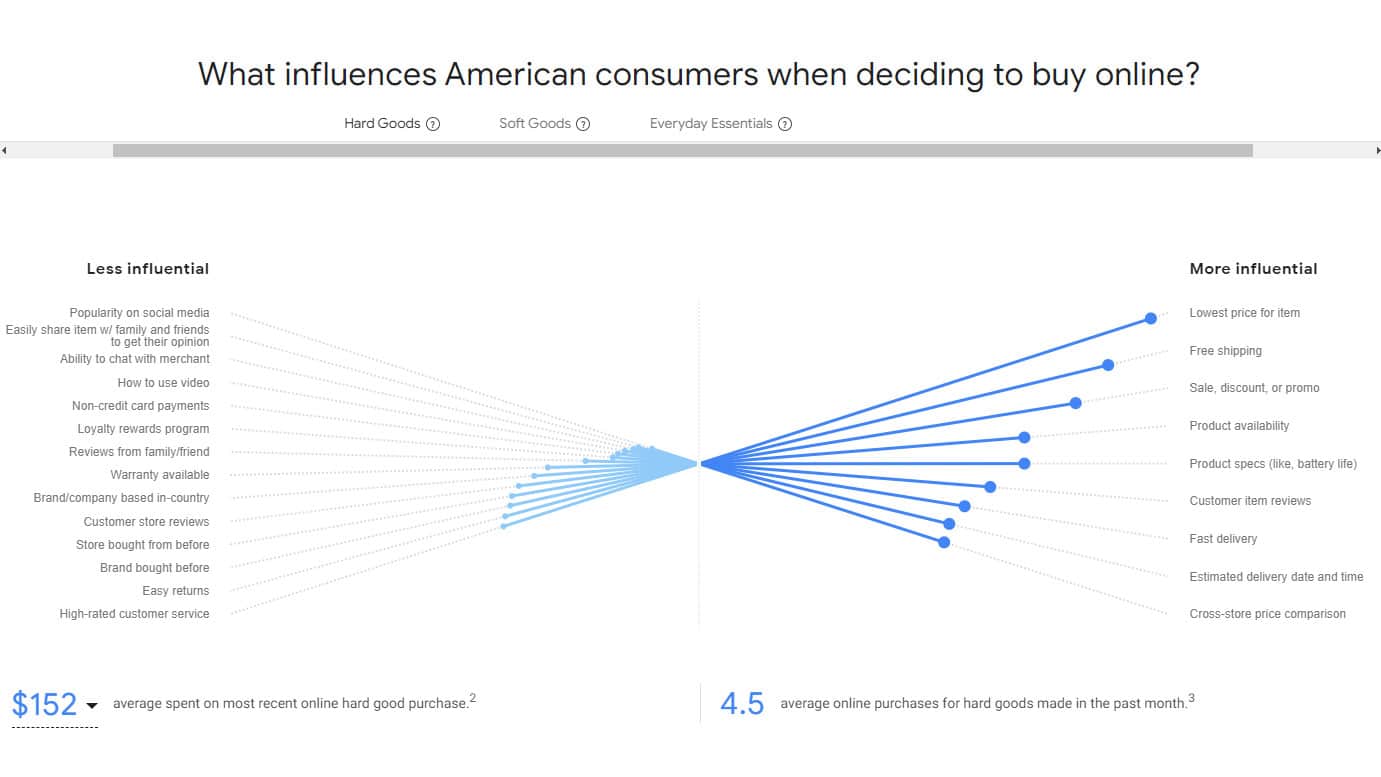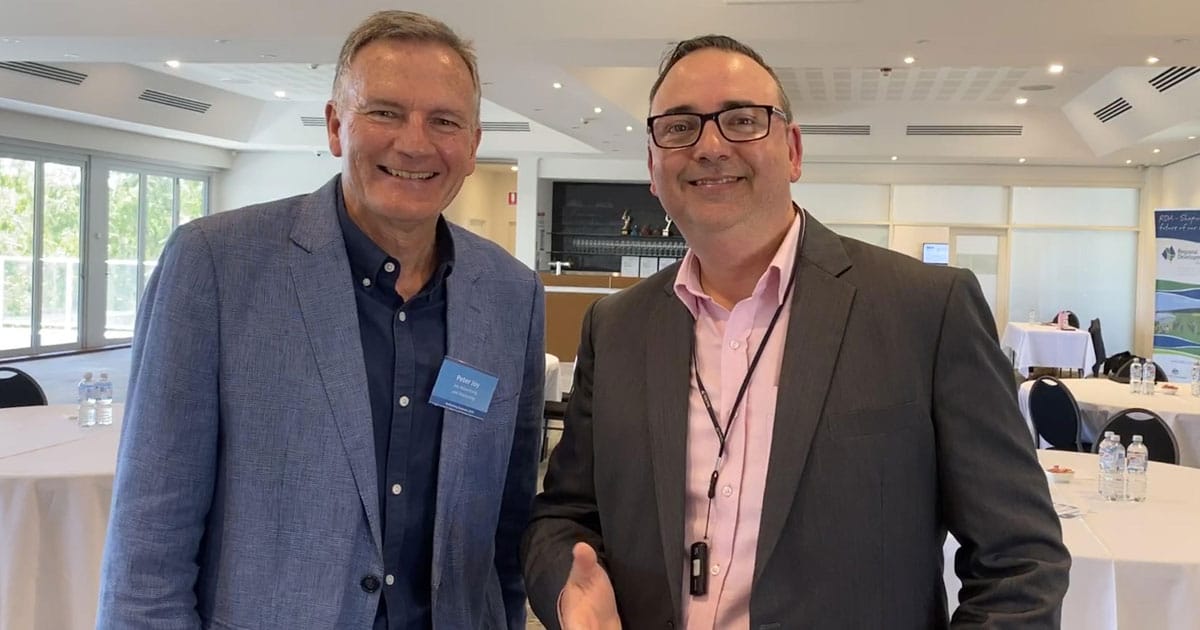There's no doubt that if you're considering online sales as part of your business strategy, the truth about ecommerce in this era of Amazon, echoes the famous saying by Thomas Hobbes about life in nature being nasty, brutish, and short.
At the Rethinking Business event at the Adelaide Hills Convention Centre last week (championed by Business SA, Regional Development Australia - Adelaide Hills, Fleurieu and Kangaroo Island, Adelaide Hills Council, and the Mount Barker District Council), I was asked by a participant in my ecommerce section why my presentation was pessimistic.
It hadn't occurred to me that it had been; it was simply an honest appraisal of the state of play and I supposed Thomas Hobbes might have summarised my description of ecommerce today as nasty, brutish, and fast.
What I was trying to communicate (and, yes, my presentations are usually in the key of optimism) is that with Amazon, Google, and Facebook all vying for the lion's share of ecommerce marketplace today, vendors who thrive are the ones who have:
- A tightly and accurately defined product offering
- Laser sharp costings to the cent
- A budget for applying a "take no prisoners" approach to advertising and marketing
The ecommerce environment today is similar to the natural world as Hobbes described it in the 1600s. In his call for a "common wealth", Hobbes noted that the big and powerful have all the aces up their sleeves unless smaller, weaker people and communities band together and apply street smarts.
And so it is with online shopping.
If you're involved in ecommerce or contemplating it, do a search just like an ideal customer would search for a product or service like yours. What do you see? Do your listings appear? What happens if a searcher chooses to filter search results to "near me"? What happens if they stray into the Amazon marketplace, or eBay, or a large retailer, or Google Shopping?
This simple exercise will reveal the enormity of the marketplace and the fierceness of the competition that e-tailers or online retailers face today.
Those who have budgeted to promote their listings as sponsored listings, or those who have carved pricing down to the most competitive or packaged their offerings with the most compelling offer, win.
The gist of my talk was that we need eyes wide open in ecommerce moreso than in any other facet of business or marketing so that we know when we can tackle the field head on, be wise enough to shift the goalposts to a different field where we can prosper for a niche audience on our own terms, or quit.
So, yes, my talk last week was a "no holds barred" exploration of the truth about ecommerce because the risks and expense of going in unprepared are highly undesirable.
But I did shine a light on some of the positive elements that consumers say are more likely to persuade them from choosing you, and these insights were drawn from a Google Shopping survey done recently.
The truth about ecommerce - what consumers really want
Despite being a marketer I am also a consumer and I buy a lot of goods and services online.
While always seeking insights that contradict and challenge my assumptions and beliefs, I was not surprised to find Google's research turning up findings that resonated deeply with my direct experience.
Here are a couple of the clusters of insights I talked about last week.

This is just one of the report slides from the Google Shopping study that interviewed consumers not just in the USA but around the world.
However, this slide is a fairly universal snapshot of the findings.
Although there were some changes to the order of influencing factors, the following were typically the most persuasive elements that led consumers to buy, whether they were seeking "hard goods" (larger items, equipment, appliances), "soft goods" (clothing, etc), or "everyday essentials" (food, toiletries, etc):
- Lowest prices
- Free shipping
- Special offers
There is no doubt that consumers are led towards lowest price offerings by the search algorithms used by Google, Amazon, eBay, etc, and therefore it follows that the shopping bots serve up lowest prices and/or offerings by advertisers willing the pay the most.
What takes many business people by surprise is how dominant free shipping is as a consumer motivator.
I sell coffee through my "passion project" brand, Baristador Coffee, and I know how much shipping costs impact profitability and forces great diligence behind-the-scenes. it follows then, that I should be acutely aware of the realities of shipping costs when I'm wearing my consumer hat, right? Wrong. When I'm in the buyer's seat, I find shipping costs an absolute nuisance and have found myself siding with sellers who have diminished shipping pricing even though I know I'm paying for it in the product pricing.
If you're venturing into ecommerce, you need to accept this reality.
At Baristador, I have long had a flat rate for shipping unless visitors put more than $50 worth of product into their cart, then I cover the shipping for free. It is very rare to have a sale under that free shipping threshold.
And, of course, special offers also grab attention. By this, I don't mean discounts (I am not a fan of undermining your pricing) but value adds that you might be able to offer that make sense to consumers as something special, rare, and compelling (that's quite the antidote to nasty, brutish, and fast).
Coupled with this, being able to give consumers a good estimate of shipping time and/or tracking, was also favourably reported on in the study.
At the surprising end of the scale, elements consumers said had the least amount of influence on their decisions to buy included:
- Popularity on social media (oh, how often our review of data shows social media to have a surprisingly negligible impact on conversions and sales across many, many sectors)
- Ability to share products/services socially
- Ability to chat with a merchant
Does this mean you ignore these aspects of ecommerce? No. It simply means we have a prioritised list of what to work on first to "get right" before we work through the various elements of influence.
So, in closing for now, my key message about the truth of ecommerce, is that the most bang from your buck will be garnered by clearly defining what it is that is most valuable about your product and service, and for whom that value will be the most compelling.
This might mean planning for world domination and scale, or it might mean looking at bespoke online marketplaces like Shop Local SA, which is launching as a service for South Australian producers (particularly those from the regions) to develop an online shopping presence with a modest outlay and commission structure.
Again, it doesn't mean the hard questions about product and customer definition have been answered, but it does help deal with the practical and structural aspects of ecommerce comfortably.
If you were at my presentation last week, was this a little less bleak?
Image: Peter Joy and Steve Davis at Rethinking Business, Adelaide Hills Convention Centre, October 2020

